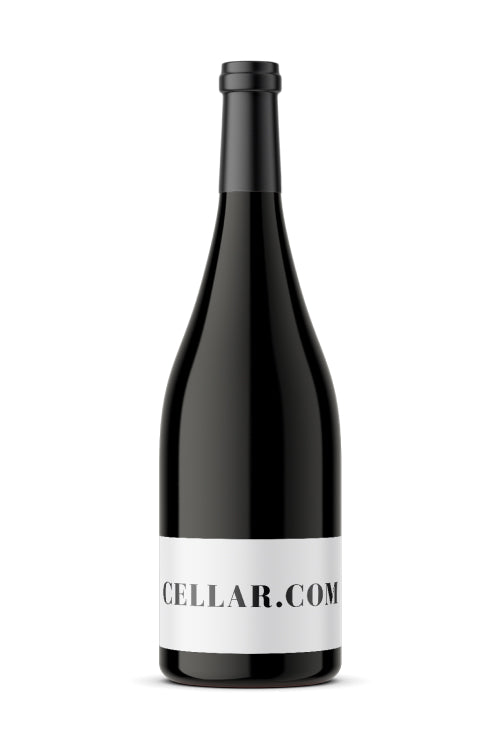1
/
of
1
Tommasi Le Fornaci Lugana - 2020 (750ml)
Tommasi Le Fornaci Lugana - 2020 (750ml)
Regular price
$19.99
Sale price
$19.99
Regular price
$21.99
Unit price
/
per
Share :

- varietal
- Region
- Sub - Region
- Type
- Reviews
Corvina produces light to medium body wines with a light crimson coloring. The grapes' naturally high acidity can make the wine somewhat tart with a slight, bitter almond note. The finish is sometimes marked with sour cherry notes.
Located in north east Italy, Veneto is one of Italy’s major wine regions. Pinot Grigio and Gargenega are the two most popular white varieties and account for most of the region's still wine. Meanwhile, Prosecco, made in the hills of Conegliano, is responsible for the country’s most popular sparkling wine. Tucked away in the foothills of the Lessini Moutains north of Verona, Valpolicella and Amarone della Valpolicella are responsible for making some of the country’s most famous fine wine.
Amarone della Valpollicella is responsible for producing Italy’s finest rich, full-bodied, and unfortified, dry red wine. Dry Amarone is a relatively new style of wine and was only officially recognized since 1953. It was thought to have been made accidently when some fermenting grape must, destined to be fashioned into the sweeter ‘Recioto dell Valpolicella’, was forgotten about and left in the vat until it fermented to dryness. The wine is made from three principal grapes, Corvina and Corvinone, which must comprise a minimum of 80% of the blend, and Rondinella. Molinara and Croatina are also used in small amounts. Once the grapes are harvested they are left to dry on racks in lofts for about 100 days over the winter to concentrate. The fruit is then pressed and fermented the following March and left to age in casks for up to seven years. Valpolicella Ripasso, is similar in style but a notch down in intensity and is made with the addition of Amarone’s left-over grape pomace.
Red wine is wine made from dark-coloured grape varieties. The color of red differs based on the grapes variety or varieties used.Interestingly, black grapes yield a juice that is greenish-white. The actual red color comes from anthocyan pigments (also called anthocyanins) from the skin of the grape (exceptions are the relatively uncommon teinturier varieties, which produce a red colored juice). Most of the production centers around the extraction of color and flavor from the grape skin.


